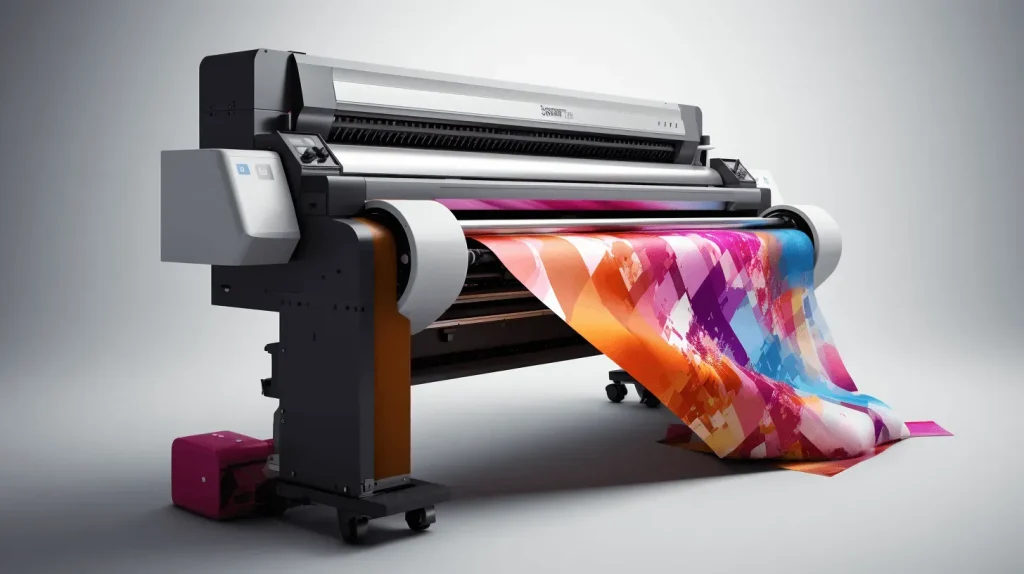DTF printing, or Direct-to-Film printing, is transforming the landscape of custom apparel and promotional merchandise by enabling stunning, high-quality prints. This cutting-edge printing process allows designers to effortlessly transfer intricate designs onto various fabrics, achieving remarkable clarity and durability. As businesses in the fashion and promotional sectors seek innovative solutions, DTF printing applications are becoming increasingly popular due to their versatility and ease of use. Moreover, with a focus on sustainable printing practices, many companies are embracing eco-friendly DTF processes to minimize their environmental impact. This article will guide you through the DTF printing journey, showcasing its capabilities and significance in today’s dynamic market.
The Direct-to-Film technique, often referred to as DTF technology, is making waves in the world of textile printing. This method involves printing designs onto a specialized transfer film, which can then be applied to a multitude of fabrics, making it an ideal choice for custom garment printing. With its impressive ability to produce vibrant colors and intricate details, the DTF process is rapidly gaining notoriety among businesses looking to create unique and personalized products. Additionally, this printing innovation aligns with the growing demand for sustainable printing solutions, utilizing eco-conscious materials and inks. In exploring the broader spectrum of DTF applications, we uncover a versatile approach that caters to various industries and creative needs.
Understanding the Fundamentals of DTF Printing
DTF printing, or Direct-to-Film printing, has become a game-changer in the textile and apparel industry by providing a streamlined process that produces high-quality prints. At its core, this method involves a few fundamental steps: designing the artwork, printing it onto a special film, and using heat transfer to adhere the design to the fabric. What sets DTF apart from other printing techniques, like DTG or screen printing, is its ability to handle a wide range of fabrics and colors effectively. This versatility makes DTF printing a preferred choice for custom apparel printing.
Furthermore, the DTF process allows for intricate designs, detailed graphics, and vibrant color gradients that can elevate any apparel item. The water-based inks used in DTF printing penetrate the film deeply, resulting in bright and precise reproductions that maintain their quality over time. This ensures that brands and businesses can create unique designs that resonate with their target audience, thus tapping into current trends and personal style preferences.
Frequently Asked Questions
What are the key benefits of DTF printing compared to traditional methods?
DTF printing offers several advantages over traditional methods like screen printing and DTG printing. It provides exceptional color vibrancy, fine detail, and versatility on various fabric types. Additionally, the DTF process is easier to set up and allows for smaller batch sizes without sacrificing quality, making it ideal for custom apparel printing.
How does the DTF process work in fabric printing?
The DTF process involves printing a design onto a transfer film, applying a heat-activated adhesive, and then using a heat press to transfer the design to fabric. This method ensures durability and vivid colors in the final product, making it a preferred choice for custom apparel printing.
Can DTF printing be used for sustainable printing solutions?
Yes, DTF printing supports sustainable printing with eco-friendly inks and recyclable films increasingly available. As the industry moves towards greener practices, DTF printing allows businesses to produce custom apparel that aligns with environmental values.
What types of products can be created using DTF printing applications?
DTF printing is versatile and can be used for various applications, including custom apparel like t-shirts and hoodies, home décor items such as cushion covers, and promotional products like bags and caps, making it suitable for different industries.
Is DTF printing suitable for small businesses focusing on custom apparel?
Absolutely! DTF printing is highly suitable for small businesses specializing in custom apparel. It allows for high-quality, vibrant prints and supports short runs, enabling businesses to cater to specific customer requests without significant upfront costs.
What recent developments in DTF printing are enhancing its market growth?
Recent advancements in DTF printing technology, including high-resolution printers and improved inks, have significantly boosted its market growth. Moreover, the ongoing demand for personalized and sustainable products is driving businesses to adopt the DTF process for their printing needs.
| Key Point | Description |
|---|---|
| What is DTF Printing? | A printing technique that uses a transfer film and heat-activated adhesive to apply designs to fabrics. |
| Key Components | 1. Design Creation 2. Printing 3. Adhesive Application 4. Curing 5. Heat Transfer 6. Finishing |
| Recent Developments | Technological advances, sustainability efforts, and market growth increase interest in DTF printing. |
| Applications of DTF Printing | Used for apparel, home decor, and promotional products. |
Summary
DTF printing is revolutionizing the printing industry with its advanced capability to seamlessly transfer intricate designs onto various fabrics. This process not only enhances the vibrancy and durability of prints but also provides substantial versatility compared to traditional methods. Key components of DTF printing, including design creation, printing, adhesive application, curing, heat transfer, and finishing, highlight the meticulous attention to detail that ensures high-quality results. As more businesses recognize the benefits of DTF printing—ranging from technological advancements and sustainability efforts to diverse applications—the demand for this innovative printing method continues to grow. Leveraging DTF printing can significantly enhance product offerings for businesses in apparel, home decor, and promotional merchandise, making it a crucial tool in today’s competitive market.




